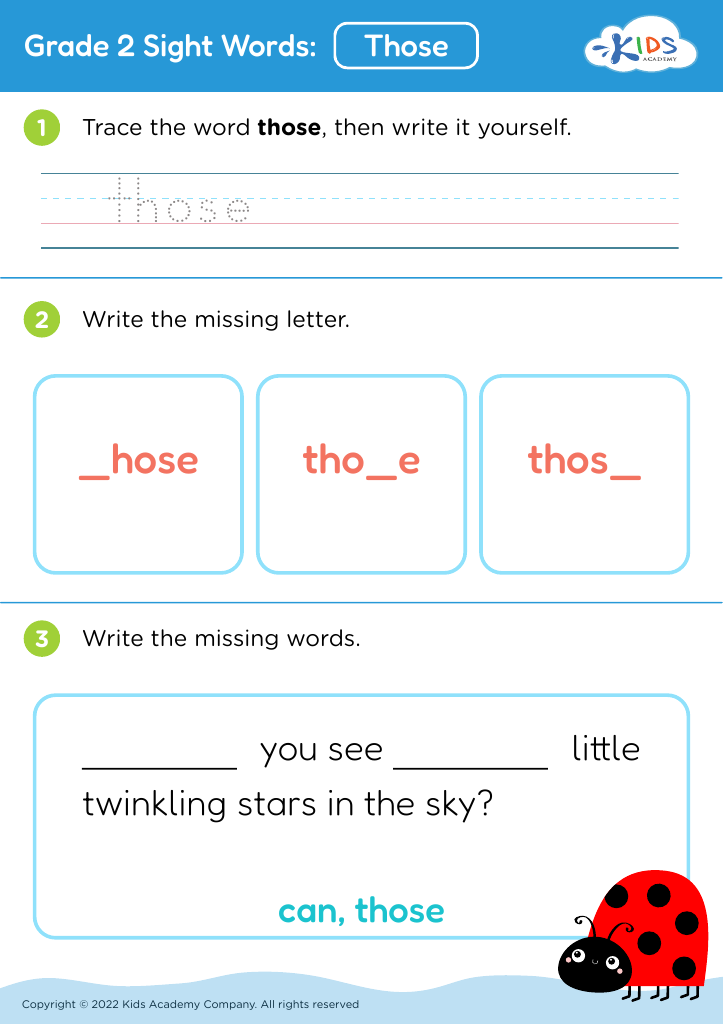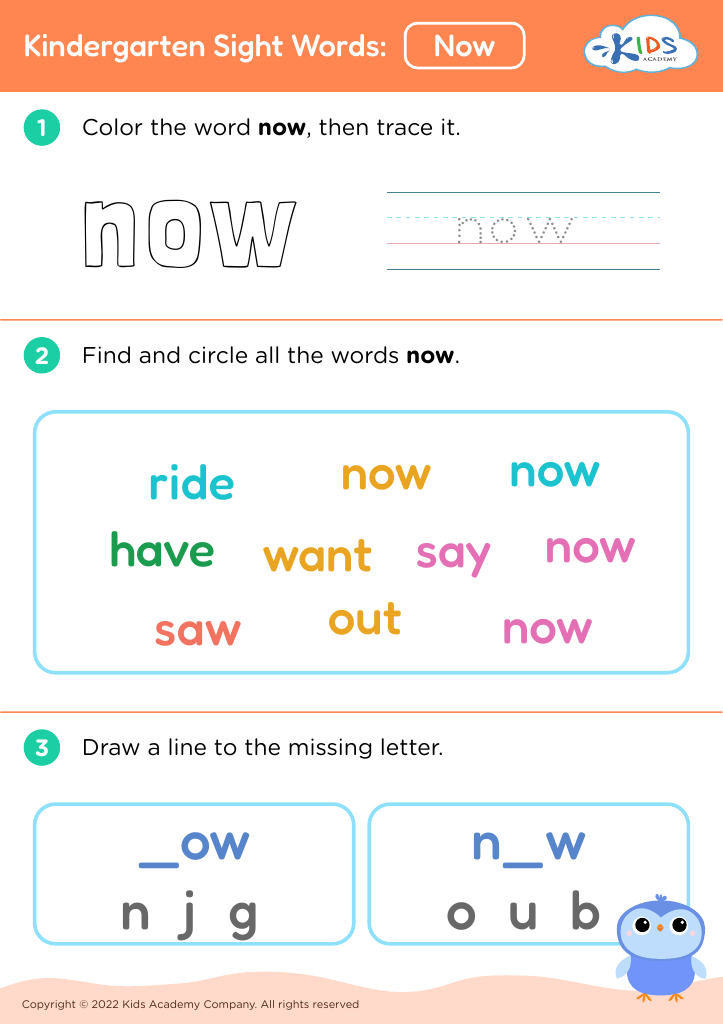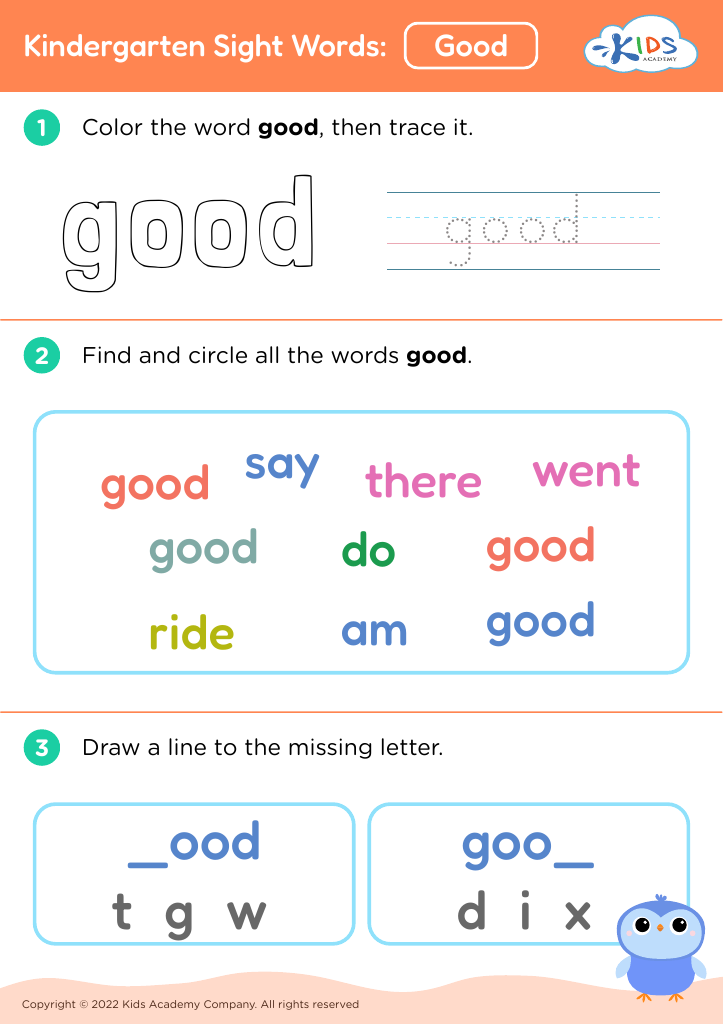Color Identification Reading Worksheets for Ages 4-9
12 filtered results
-
From - To
Our Color Identification Reading Worksheets for ages 4-9 are designed to make learning both fun and educational. These vibrant and engaging printables help young learners recognize and identify colors while practicing their reading skills. The activities include colorful illustrations and simple sentences, promoting both visual and cognitive development. Perfect for classroom or home use, these worksheets integrate seamlessly into any early learning curriculum, making them an essential tool for developing foundational reading and color recognition abilities. Ideal for kids aged 4 to 9, they cater to different skill levels and learning styles, ensuring every child can succeed and enjoy the process.
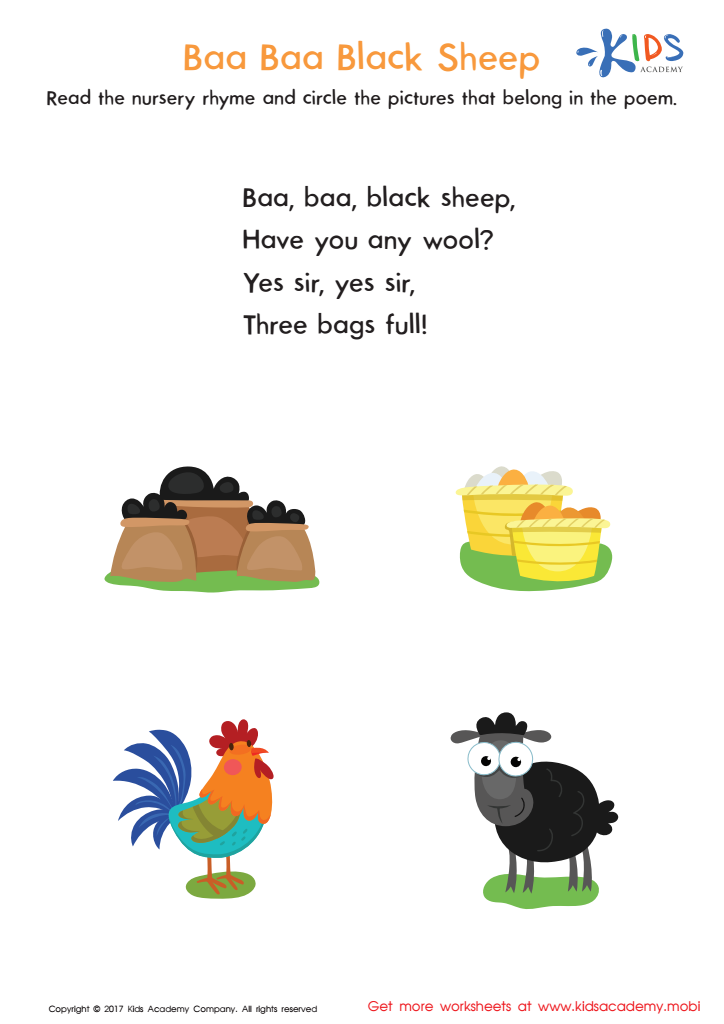

Baa Baa Black Sheep Printable


Fish Worksheet
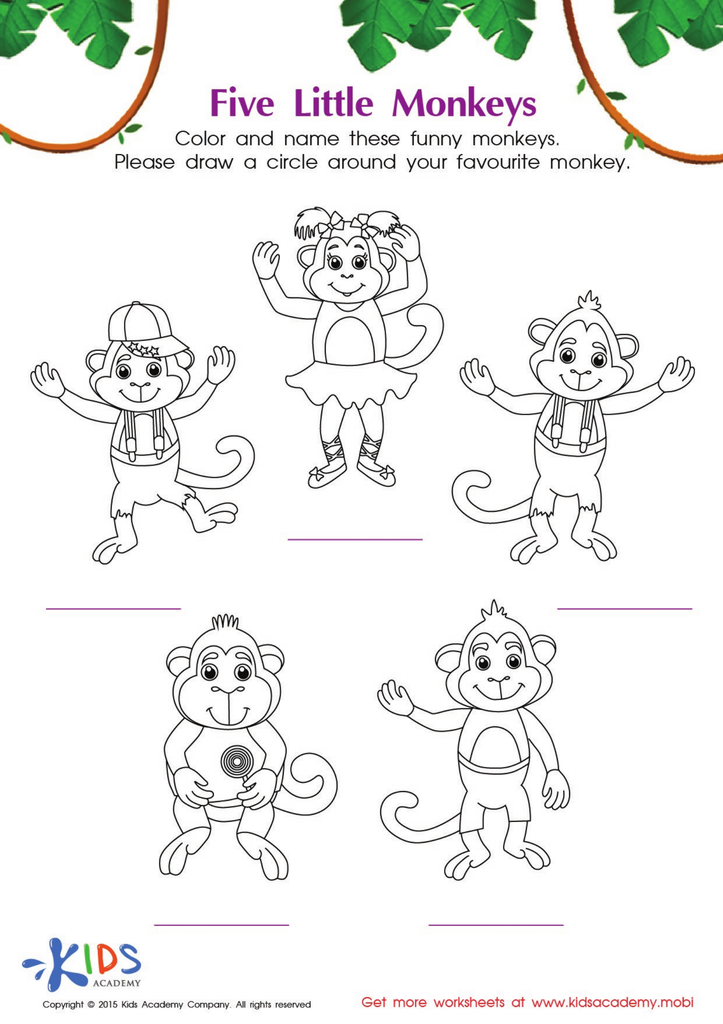

The Five Little Monkeys Coloring Worksheet
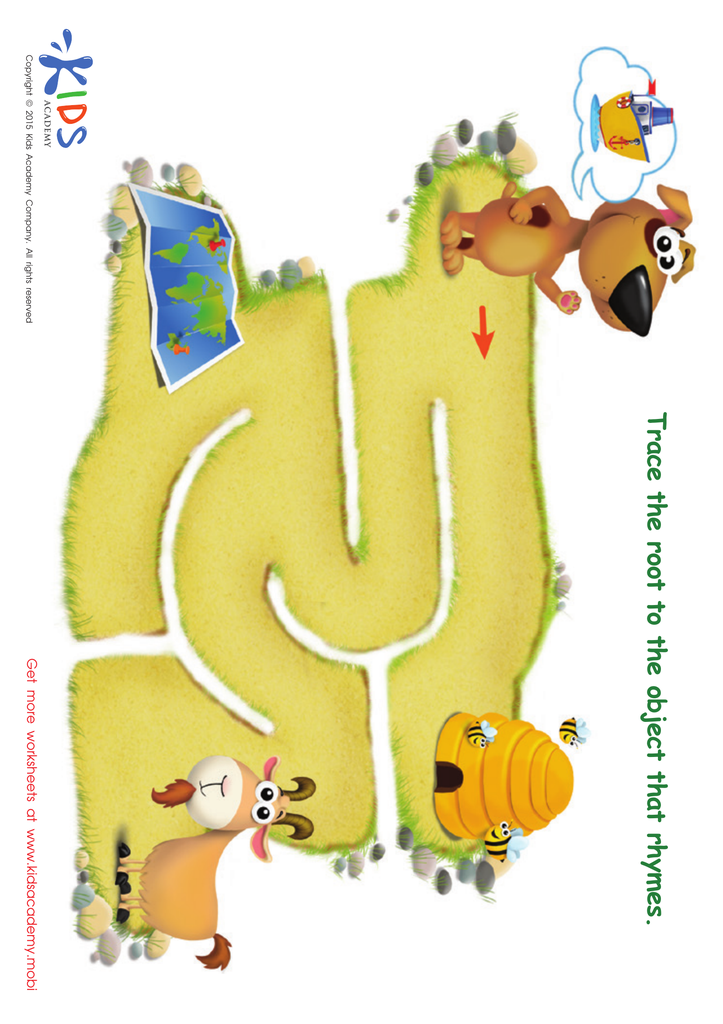

Boat Rhyming Words Worksheet


First Words: Color Recognition Worksheet
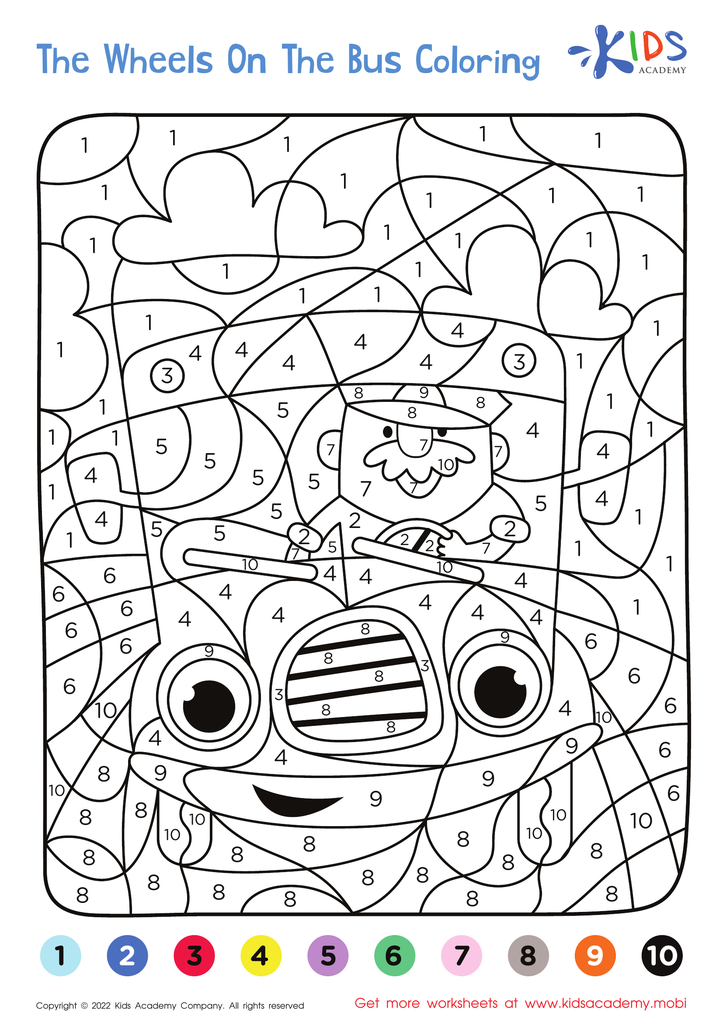

Wheels on the Bus – Coloring by Numbers
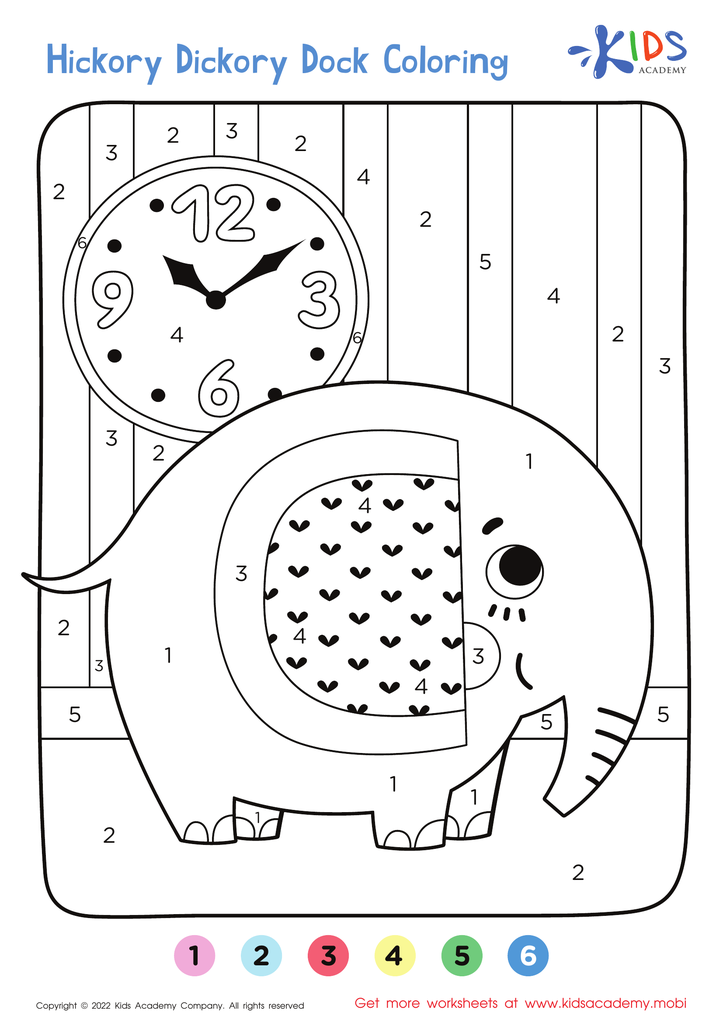

Hickory Dickory Dock – Coloring by Numbers
Color identification is a fundamental aspect of a child's early learning process, bearing crucial importance for both cognitive and emotional development. For children aged 4-9, mastering this skill facilitates much more than just the ability to name colors; it serves as a gateway to complex learning.
Firstly, recognizing and naming colors enhances a child's language skills. It broadens their vocabulary and strengthens communication capacities, prerequisites for effective reading and writing. Color words are among the earliest descriptors children learn, providing a basis for understanding more abstract concepts later on.
Secondly, color identification promotes cognitive development. Kids use color to categorize and differentiate between objects, sharpening their memory and critical thinking skills. By observing color variations in their environment, children also practice sorting and organizing information—a key aspect of logical thought processes.
Emotionally, colors are deeply tied to feelings and perceptions. Exposure to different hues can influence mood and behavior, impacting children's cultural and social understanding. Knowing about colors helps them express their emotions more accurately and perceive their surroundings better.
Finally, mastering colors can make learning other subjects like math easier. Tasks involving pattern recognition and sequencing often entail color-based activities that enhance mathematical reasoning.
In summary, color identification is vital for comprehensive child development, making it essential that parents and teachers prioritize this skill during early learning phases.

 Assign to My Students
Assign to My Students

